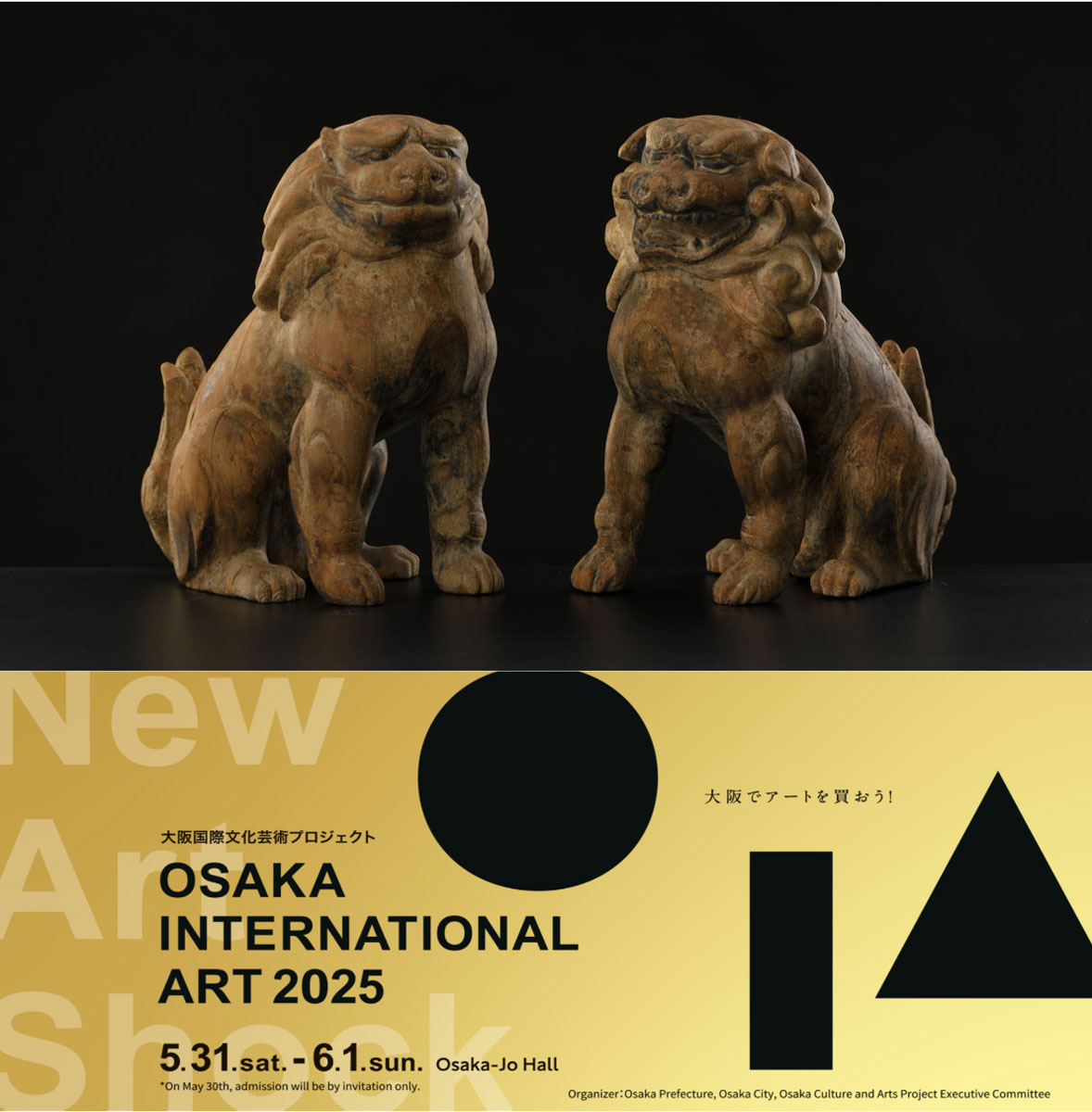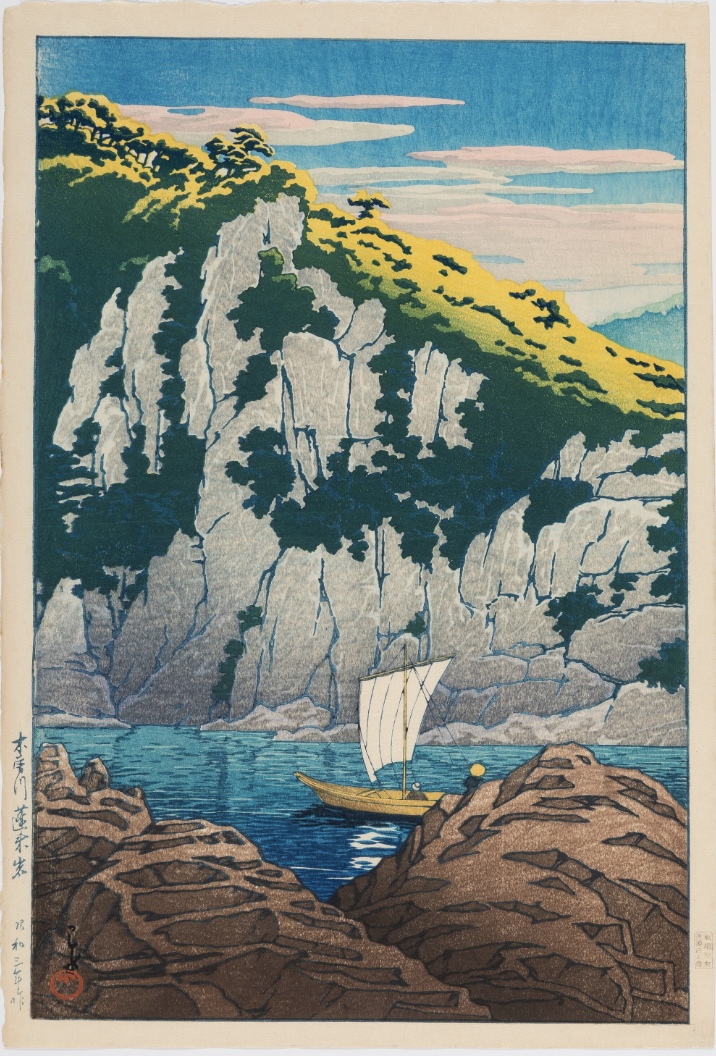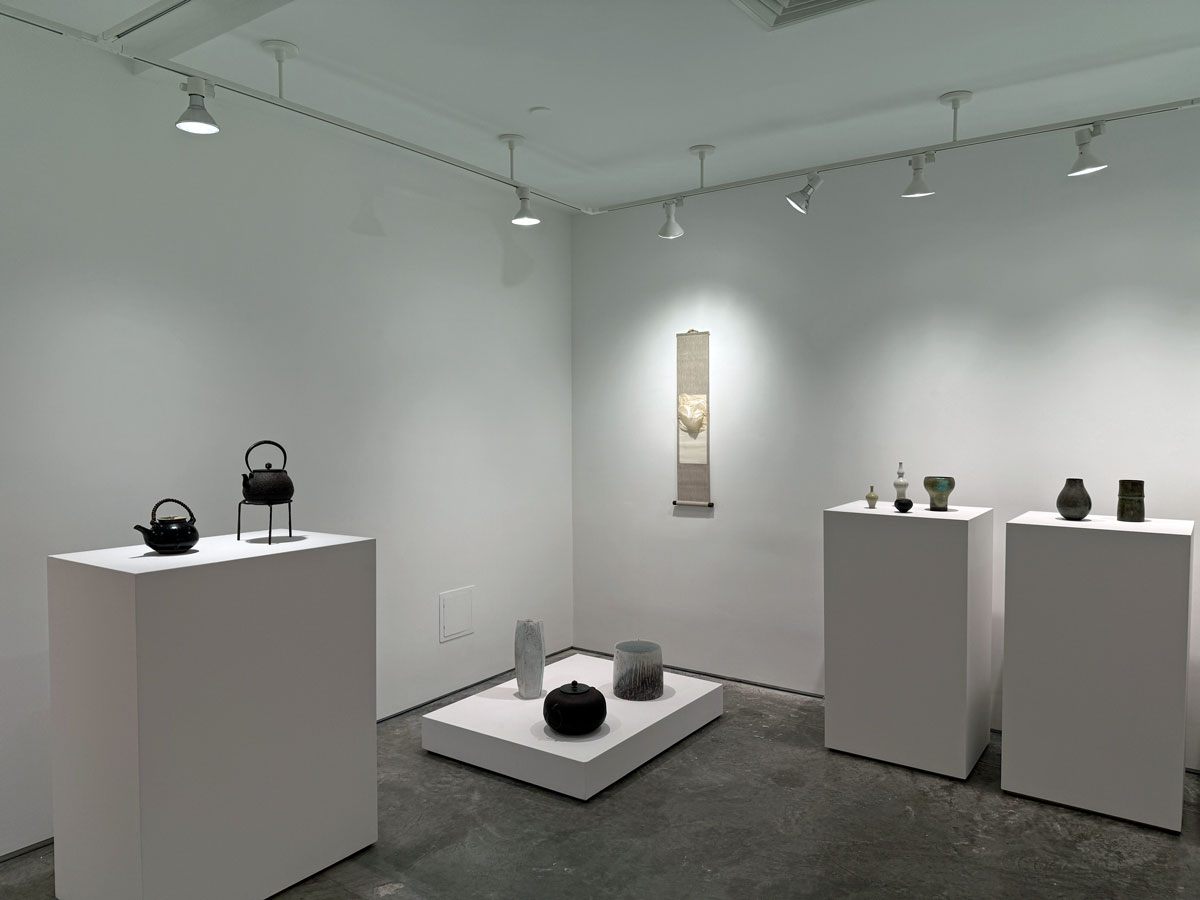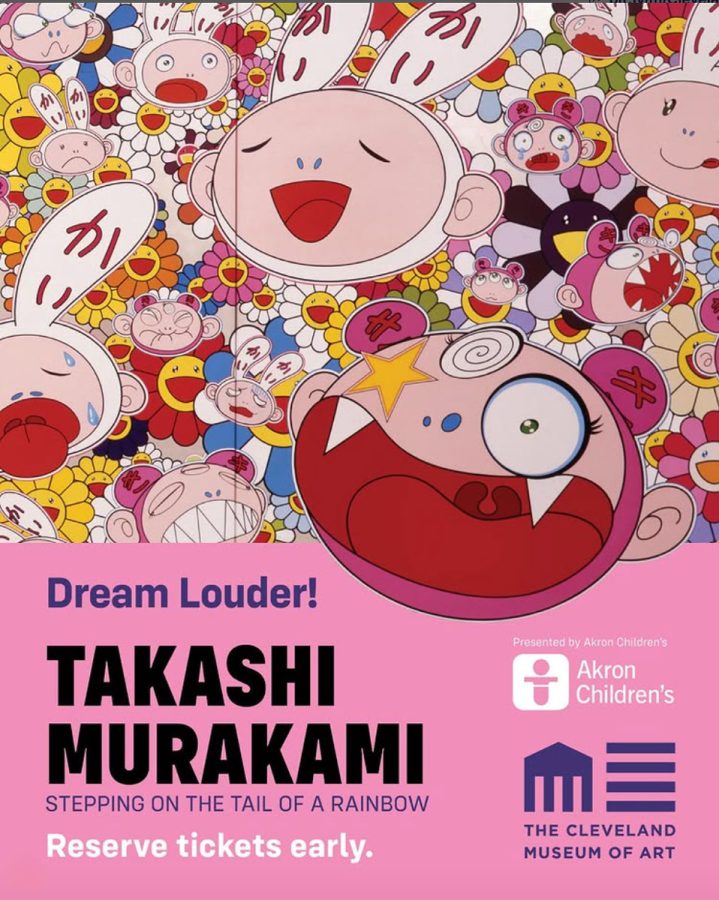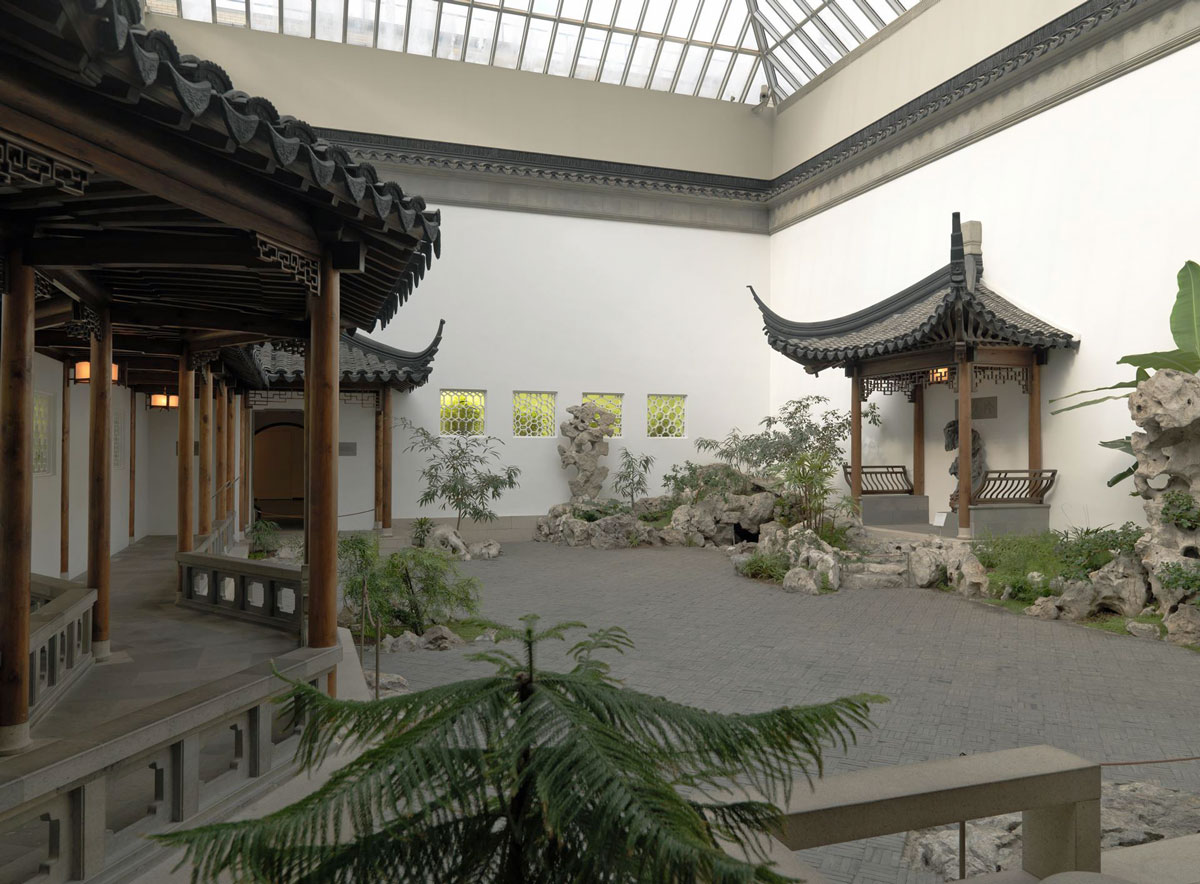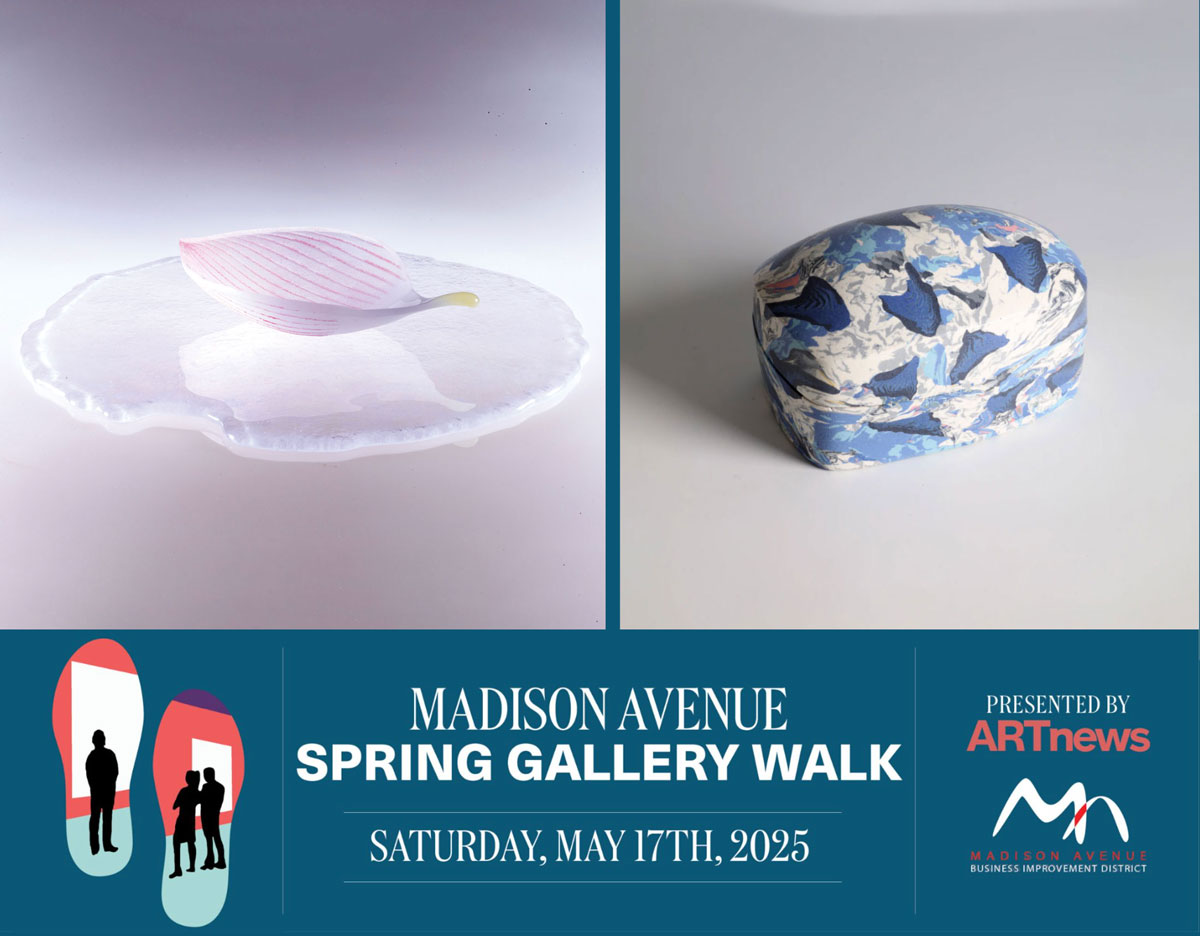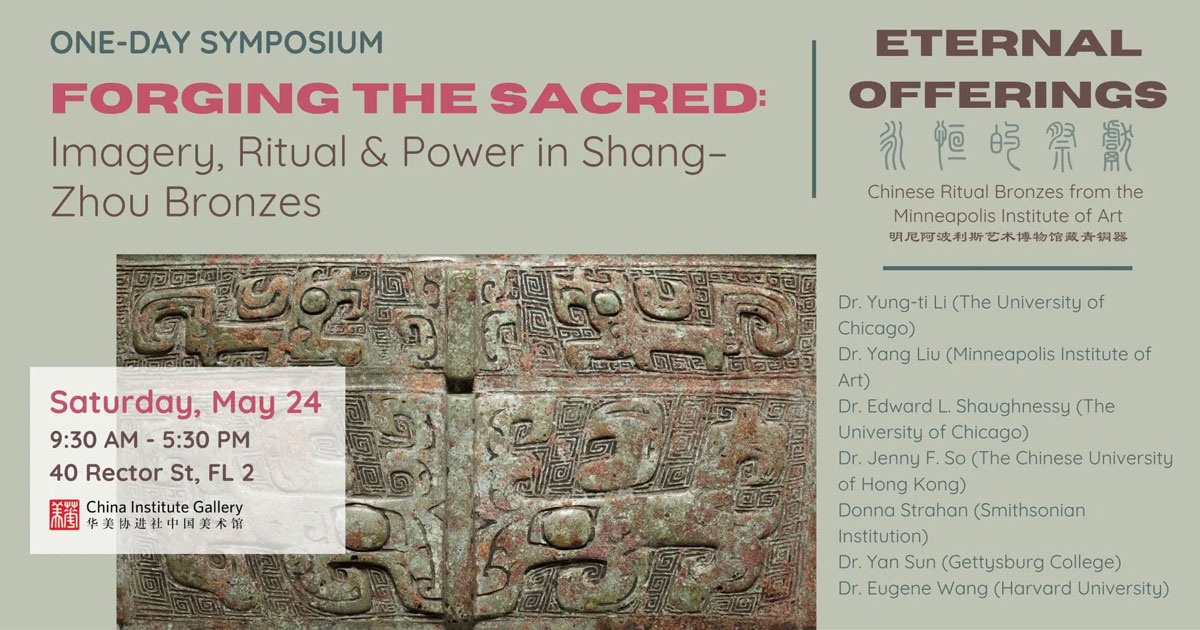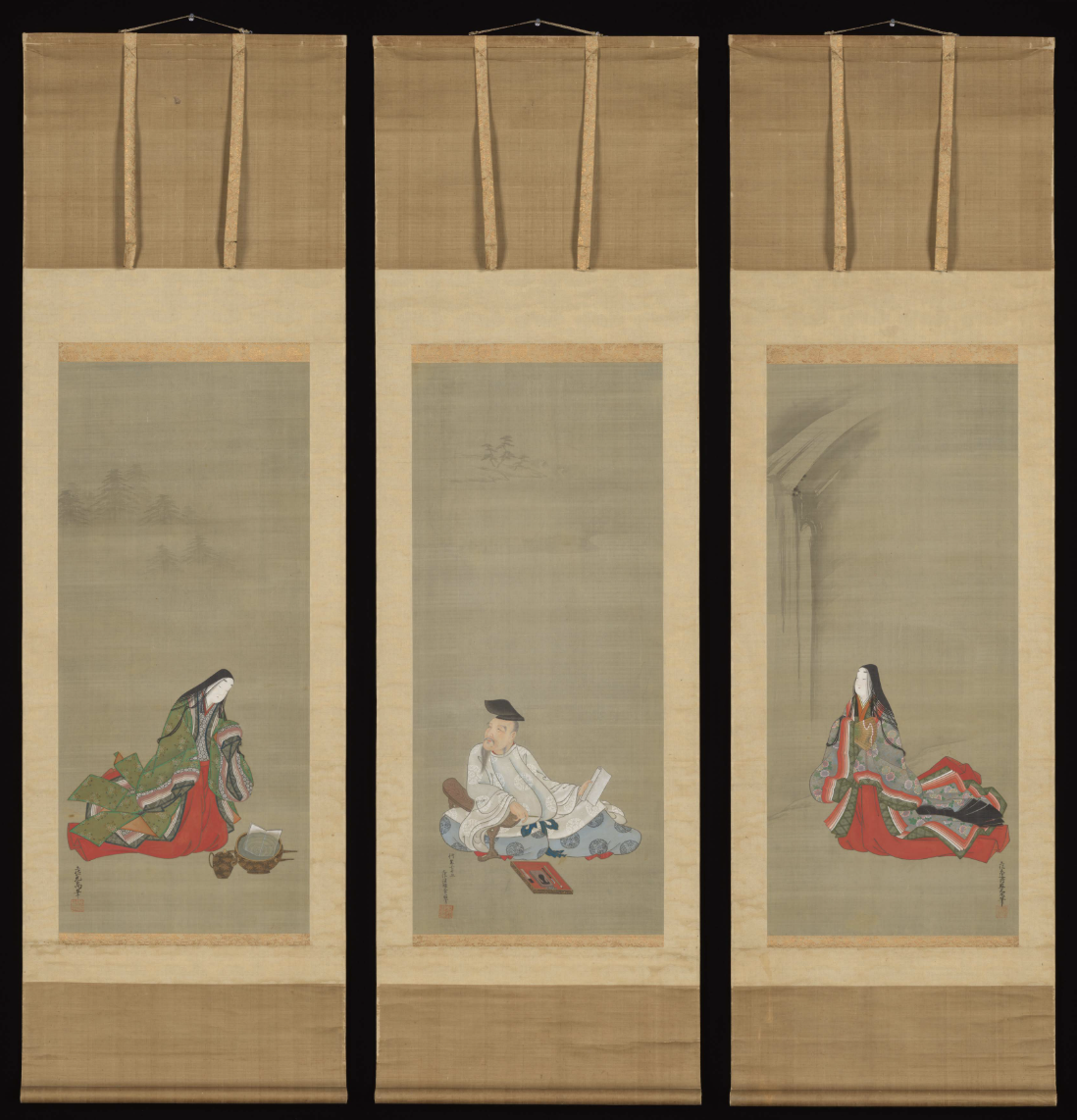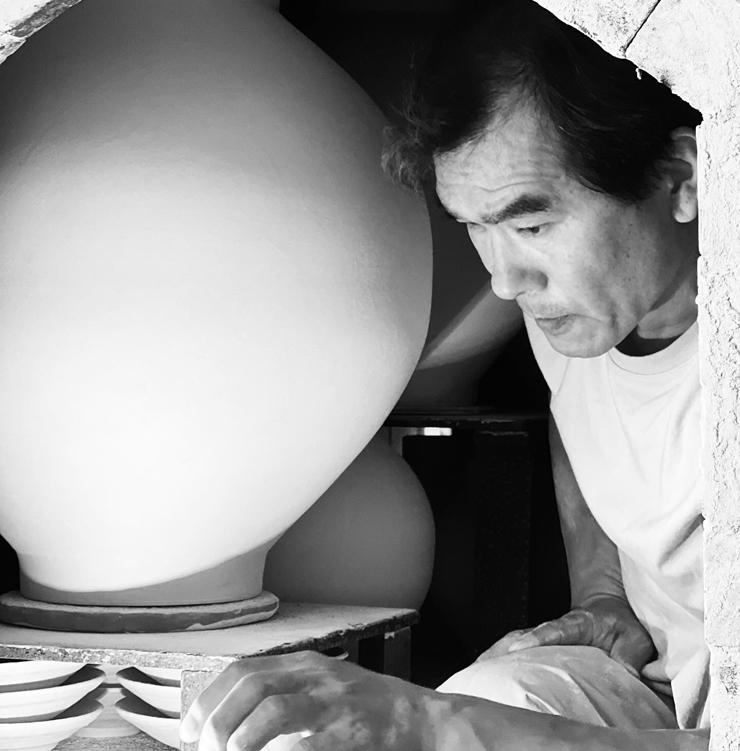The Astor Chinese Garden Court, Ming dynasty (1368–1644), 17th century style. Taihu rocks, granite terrace, ceramic tile flooring, roof tiles, and door frames, various woods (nan wood columns, pine beams, gingko latticework), brass fittings. Purchase, The Vincent Astor Foundation Gift, 1981; Courtesy The Metropolitan Museum of Art
Celebrate Asian American and Pacific Islander Heritage Month by exploring the vibrant work of AAPI artists through exclusive tours, talks, and events at The Metropolitan Museum of Art, the Philadelphia Museum of Art and the National Museum of Asian Art in DC!
THE METROPOLITAN MUSEUM OF ART
Asian American and Pacific Islander Heritage Month Member Tour
May 20, 24, 27 & 31, 2025 from 2–2:45pm
Free for Members; no registration required
Meet at Medieval Choir screen from the Cathedral of Valladolid in Gallery 305
In celebration of AAPI Heritage month, The Met is excited to offer Members-only tours that explore the subjects, voices, and narratives found in the over 5,000 years of art in the galleries. No advance registration required, but participation is first come, first served.
To learn more, click here.
Storytime at The Met—Exploring AAPI Art
Tuesdays & Thursdays, May 1–29, 2025 from 10:15–10:45am & 11–11:30am
Free; Museum admission is not required
81st Street Studio, Ruth and Harold D. Uris Center for Education
Look, listen, sing, and have fun with Storytime! Join them every Tuesday and Thursday for picture-book readings connected to objects in The Met collection. This month, enjoy books celebrating Asian American and Pacific Islander artists. Storytime is recommended for families with children ages 18 months to 6 years old.
To learn more, click here.
Storytime at The Met Cloisters—Asian American and Pacific Islander Heritage Month
Tuesdays, May 20 & 27, 2025 from 11:30am–12pm
Free with Museum admission
The Met Cloisters, Gallery 6, Pontaut Chapter House
Look, listen, sing, and have fun with Storytime! Join Met educators every Tuesday for picture-book readings in English and Spanish connected to objects at The Met Cloisters and to their uptown community. Recommended for families with children ages 18 months to 6 years.
To learn more, click here.
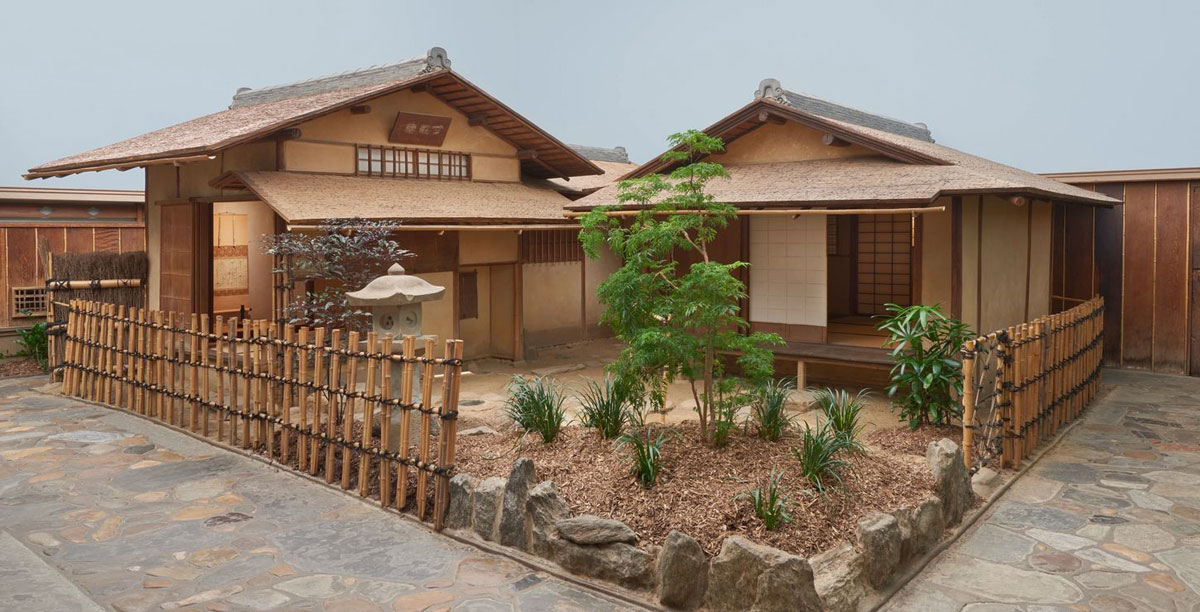
Ceremonial Teahouse: Sunkaraku (Evanescent Joys), c. 1917. Designed by Ōgi Rodō (Japanese, 1863–1941); Courtesy Philadelphia Museum of Art
PHILADELPHIA MUSEUM OF ART
Asian Art Tour
May 19, 22–26, & 29–31 2025 from 2–3pm
Free with Museum admission
Meet in Great Stair Hall, near Gallery 251
On this guided tour, visit rare architectural settings and discover intriguing works of art from Asia, including some of the oldest objects in the Philadelphia Museum of Art’s collection. Please note space is limited to 20 participants, first come, first served until capacity is met.
To learn more, click here.
Ten Times Better and Chinatown Cha-Cha Screening & Performance
Saturday, May 21 from 1–3pm
Tickets: $25 (includes Museum admission)
Eli Kirk Price Room & Williams Forum
Experience how dance transformed the lives and work of George Lee and The Grant Avenue Follies in this double-feature screening of Ten Times Better and Chinatown Cha-Cha, curated by the Philadelphia Asian American Film Foundation. The films will be followed by a special performance by the Grant Avenue Follies.
To learn more, click here.
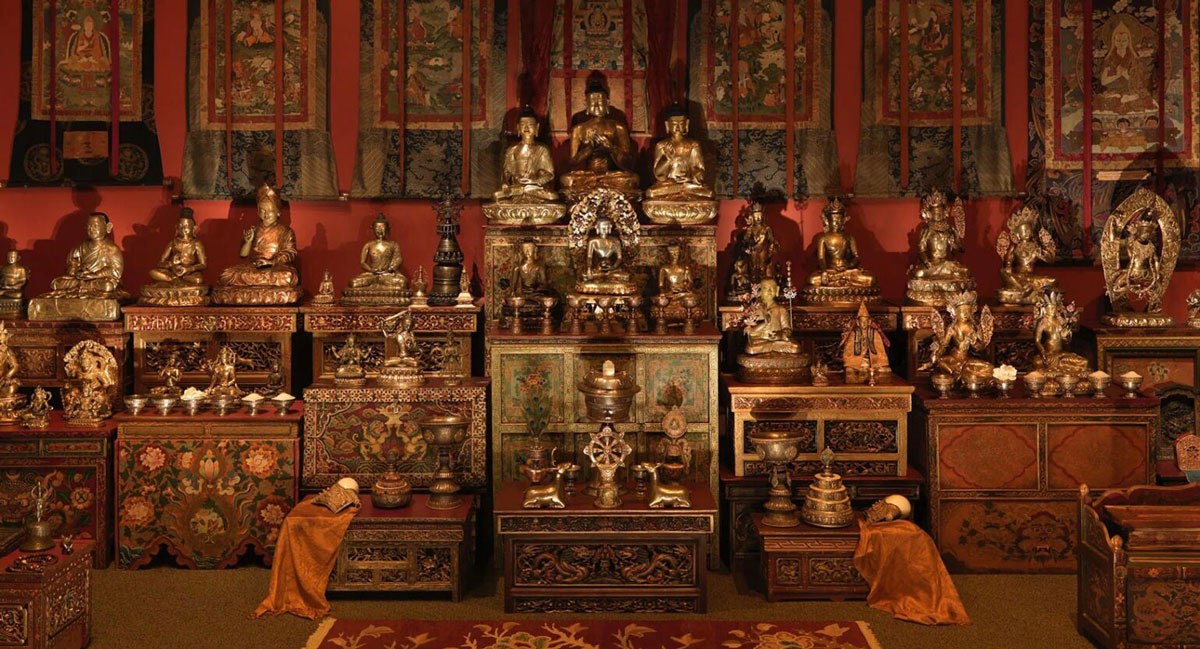
Tibetan Buddhist Shrine Room, National Museum of Asian Art, Smithsonian Institution, Arthur M. Sackler Collection, The Alice S. Kandell Collection, Photo by John Bigelow Taylor
NATIONAL MUSEUM OF ASIAN ART
IlluminAsia Festival: Tours, Zoom, Performances & Panel Discussions
May 1–31 2025 (dates & times vary)
Free; Registration required for some events
The National Museum of Asian Art is pleased to celebrate Asian American, Native Hawaiian, and Pacific Islander Heritage Month with their annual IlluminAsia Festival! Throughout the month of May, they invite you to learn, reflect, and foster connections through Asian arts and cultures. This year’s IlluminAsia Festival celebrates Asian American storytelling. Asian American and Asian diasporic cultural identity and storytelling is part of Asia’s cultural fabric, especially in the context of the United States. Storytelling connects communities to their heritage and shapes the way we understand and connect with one another. The festival events bring people together to celebrate AANHPI experiences, perspectives, and achievements in arts and culture.
To view the full calendar of events, click here.
